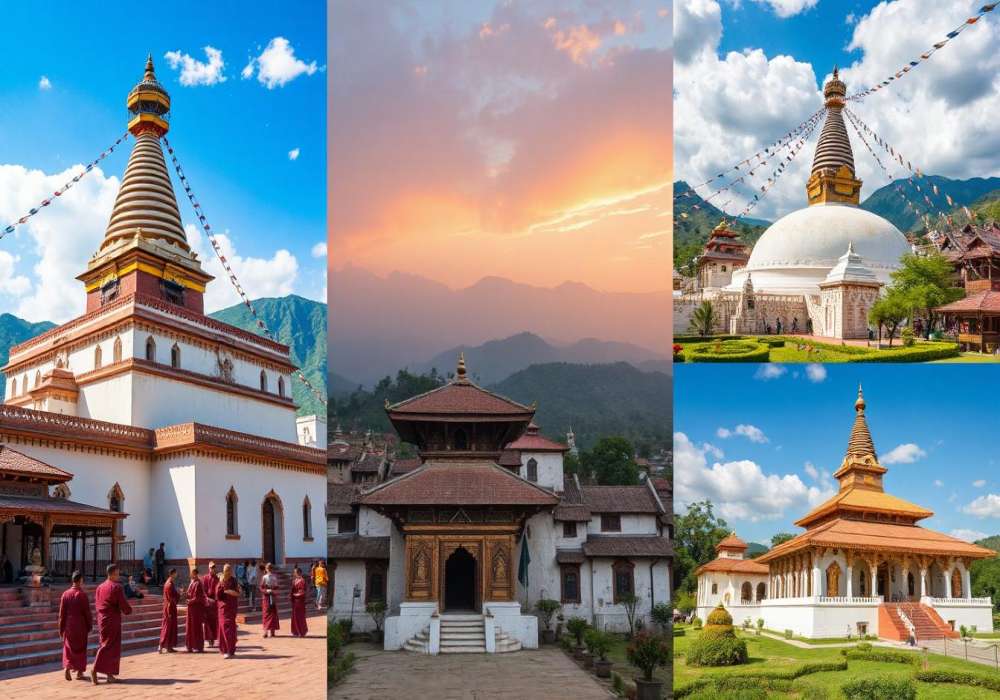
Last Updated At: 23-Jul-2025
10 Most Famous Historical Places In Nepal | You Should Visit In 2025
It doesn't matter which place on Earth you visit; the history of that place is surefire to have a significant impact on its present. The same is the case with Nepal. Housing on the lap of the great Himalayas, the country is blessed with stunning supernatural scenery, monasteries, temples, and caves that date back thousands of years.
Not only for art lovers but for adventure enthusiasts, these historical places in Nepal are worth visiting. So, get ready to be spellbound!
List Of 10 Best Historical Places In Nepal
While being heavy on the temples and monasteries, you will be amazed to know that many are UNESCO Heritage sites. Therefore, you must visit them. Here are some of the top historical sites in Nepal.
- Kathmandu Durbar Square | The King’s Crowning Place
- Pashupatinath Temple | Holiest Lord Shiva Shrine
- Bhaktapur Durbar Square | The Ancient Architecture
- Patan Durbar Square | The Smallest Durbar in Nepal
- Sagarmatha National Park | The Rare Snow Leopard
- Lumbini | Birthplace of Buddha
- Rani Pokhari | The Man-made Pond
- Swayambhunath Stupa | Witness the Majestic Kathmandu Valley
- Changunarayan | Dedicated to Lord Vishnu
- Boudhanath Stupa | The White Marble Holy Site
1. Kathmandu Durbar Square | The King’s Crowning Place
If you are fond of kings and the kingdoms of the past, Kathmandu Durbar Square is the perfect spot for you to visit. Resting in the heart of Kathmandu, the Darbar square is where kings were crowned and legitimised.
When you are here, there are several things to do. You can begin by shopping at the souvenir shops in the Basantapur Square area. Further, you can explore the remains of the temples and buildings destroyed in the earthquake of 2015. Hanuman Dhoka and assortments of other temples towards the Northeast are also great features of the landmark.
- Entry Fee: Free to 1000 NPR
- Timings: (Tuesday to Sunday) 10:30 am to 4:30 pm
2. Pashupatinath Temple | Holiest Lord Shiva Shrine
Declared a World Heritage location in 1979, Pashupatinath Temple is one of the pure and holy shrines of Lord Shiva worldwide. The largest temple in Nepal is a combination of several ashrams and temples built over some time.
Stretching over both the banks of Bagmati River, the temple attracts thousands of devotees across the year. This number rises to millions in the days of Mahashivratri. So, it's all up to you when you want to visit. To participate in the aarti, you should be there between 6 to 7:30 p.m.
- Entry Fee: Free to 1000 NPR
- Timings: 5 pm to 9 pm & 4 am to 12 pm
3. Bhaktapur Durbar Square | The Ancient Architecture
For those fond of ancient architecture, the Bhaktapur Durbar Square is the perfect place. Though many of its structures and buildings were destroyed in the earthquakes of 1934 and 2015, it still holds the beauty that distinguishes it from other landmarks of Nepal.
The UNESCO World Heritage site has several things for you to explore. For example, you can begin with the Pachpanna Jhyale Durbar, a palace with 55 Windows. Further, you can explore the beauty of the Golden Gate, Vatsala Temple, Dattatreya Temple, and an art gallery.
- Entry Fee: Free to 1500 NPR
- Timings: 7 am to 7 pm
4. Patan Durbar Square | The Smallest Durbar in Nepal
Even though it is the smallest durbar, its beauty stunned visitors. The prime aspect of the Darbar is the royal palace of the Malla kings. The eye-captivating structure was built from the 14th to the 18th century when the Malla Kings were in power. Though the structures were damaged in the 2015 earthquake, this Durbar was the fastest to recover.
Temples, idols, and some ancient Newari-styled residences are the central spots in this area. Other than this, you can also check out the Bhimsen Temple, Krishna Mandir, and Vishwanath Temple.
Entry Fee: 250 to 1000 NPR
Timings: 10:30 am to 4:30 pm
5. Sagarmatha National Park | The Rare Snow Leopard
For lovers of hiking, mountaineering and bird watching, the Sagarmatha National Park is a dream come true. Hosting the world's highest peak, Mount Everest, the park has several awesome sceneries that you may not see anywhere in the world.
It is the home to the most rare animal species like the Red Panda and Snow Leopard. If you are lucky, you may spot them here. Other than that, you could see several bird species while hiking. Thanks to the rare wildlife, birds, and birch and Blue Pines, the park is a World Heritage site.
- Entry Fee: 150 to 3000 NPR
- Timings: 24 hours
6. Lumbini | Birthplace of Buddha
Being the birthplace of Buddha, Lumbini is one of the must-visit spots for those who love spiritual places. Declared as a UNESCO World Heritage site in 1997, Lumbini houses some of the finest and most beautiful landscapes of serenity and tranquillity.
Being a symbol of historical and religious significance, Lumbini has several perfect spots for visitors. You can visit the Maya Devi temple and sit beside its calm water. On top of all is a Museum and International Research Institute to explore. As the place is home to several exotic bird species, it is also fit for bird watching.
- Entry Fee: 500 NPR
- Timings: 6 am to 6 pm
7. Rani Pokhari | The Man-made Pond
Located in the centre of Kathmandu is the man-made Rani Pokhari pond. Built by King Pratap Malla in 1667, it was a way to console his queen for the death of his son. In light of the mishap, four statues are installed inside the iron fencing of Rani Pokhari. These four statues are of the queen, her son, the king, and a large elephant.
Besides the statues and the large pond, there are several buildings around the pond, such as the Durbar High School, Biswajyoti Cinema, Ratna Park, a clock tower & the Tri Chandra College.
- Entry Fee: Free
- Timings: 6 am to 8 am
8. Swayambhunath Stupa | Witness the Majestic Kathmandu Valley
Want to see the beauty of the beautiful and Majestic Kathmandu Valley? Head to this location and let your eyes relist the delight. The Swayambhunath Stupa is one of the most beautiful spiritual locations in Nepal. But what makes this more captivating is the golden spire built on the dome with 20 kg of pure gold.
When you are here, you can visit several monasteries and shrines in the complex. On top of that, the beauty of the Stupa is amplified by the eyebrows and eyes of Buddha painted on it. The Tibetan monastery and a museum are also open to explore.
- Entry Fee: Free to 200 NPR
- Timings: 24 hours
9. Changunarayan | Dedicated to Lord Vishnu
Resting on the hilltop of Dhaulagiri is the spiritual and pure shrine dedicated to Lord Vishnu. The Changunarayan temple is the most popular and visited temple in Nepal, and it is famous for its traditional architecture.
The temple is designed in Nepali style and has a museum inside it. The Changi Museum houses several things for you to explore, such as artistic objects, along with archaeological, historical, cultural and ancient pieces. Other than that, the temple has stunning artworks and inscriptions related to Lord Vishnu.
- Entry Fee: 300 NPR
- Timings: 9 am to 9 pm
10. Boudhanath Stupa | The White Marble Holy Site
The last on the list of historical places in Nepal is the Boudhanath Stupa. Made entirely out of white marble stone, the stupa is the largest spherical stupa in Nepal and the world. Moreover, it is the holiest site for Tibetans outside of Tibet. Built back in the 14th century, the place is perfect for meditating in the serene surroundings.
When you are here, you can move around the stupa clockwise while spinning the wheels made of brass. It adds a sense of calmness to the mind.
- Entry Fee: 400 NPR
- Timings: 12 am to 12 pm
Read More : Places To Visit In Nepal
Adotrip simplifies planning your historic expedition to Nepal, a land rich in cultural heritage. Explore ancient temples, palaces, and UNESCO World Heritage Sites with our curated travel insights. We provide details on must-visit historical places, local traditions, and guided tours. With Adotrip, you can embark on a journey through Nepal's history, immersing yourself in its captivating past, all while ensuring a hassle-free and informative travel experience.
With us, nothing is far!
Frequently Asked Questions About Historical Places In Nepal
Q1. What are some of the well-preserved historical sites that showcase Nepal's ancient architecture?
A1. The ancient architecture of Nepal is perfectly portrayed by Swayambhunath Stupa, Pashupatinath Temple, and the Sagarmatha National Park.
Q2. How does the city of Bhaktapur stand out as a living museum of historical buildings?
A2. Bhaktapur is a living museum of historical buildings and Newari culture, with its narrow alleys, temples, and squares providing a glimpse into the rich history of Nepal.
Q3. Can you elaborate on the cultural significance of the Durbar Squares in Kathmandu, Bhaktapur, and Patan?
A3. Yes, the Kathmandu Durbar reflects Kathmandu Valley's Malla dynasty, the Patan Durbar is the epitome of Newar architecture, and the Bhaktapur Durbar hosts medieval art and architecture.
Q4. Are there any ancient palaces or forts in Nepal that offer insights into its royal history?
A4. Yes, there are plenty of them, such as Hanuman Dhoka Palace, Gorkha Durbar, Gadhilek Fort, and Gharpajhong Fort.
Q5. How do the architectural styles of historical sites in Nepal reflect its diverse cultural influences?
A5. Several architectural styles reflect Nepal’s diverse cultural influences, such as the Newari Architecture, Tibetan and Buddhist Architecture, and the Medieval Malla Period.
Q6. Are there any lesser-known historical sites that offer a more intimate glimpse into Nepal's past?
A6. Yes, there are locations like Nuwakot Durbar, Tansen, Kirtipur, and Gadhi Mai Temple that are less known and provide a more intimate glimpse into Nepal's past.
Q7. How have natural disasters and restoration efforts impacted historical places?
A7. Almost all the Durbars of Nepal are significantly affected by the 2015 earthquake. Out of them, the Patan Durbar is the fastest in restoration. Other durbars are also recovering but at a slower pace.
Q8. What role do guided tours play in helping visitors understand the historical context of these sites?
A8. Guided tours help visitors comprehend cultural interpretation and gain architectural insights, historical narratives, and preservation awareness.
Q9. Can you recommend historical places that are particularly important for understanding Nepal's heritage?
A9. Yes, there is Swayambhunath Stupa, Boudhanath Stupa, Bhaktapur Durbar Square, Kathmandu Durbar Square, and many more.
Q10. How can tourists support the preservation and maintenance of Nepal's historical sites?
A10. There are several ways to do this, such as contributing to conservation funds, using licensed guides, respecting local customs, buying souvenirs, etc.
--- Published By Adotrip
Latest Blogs

Russia Student Visa Guide for Indian Applicants
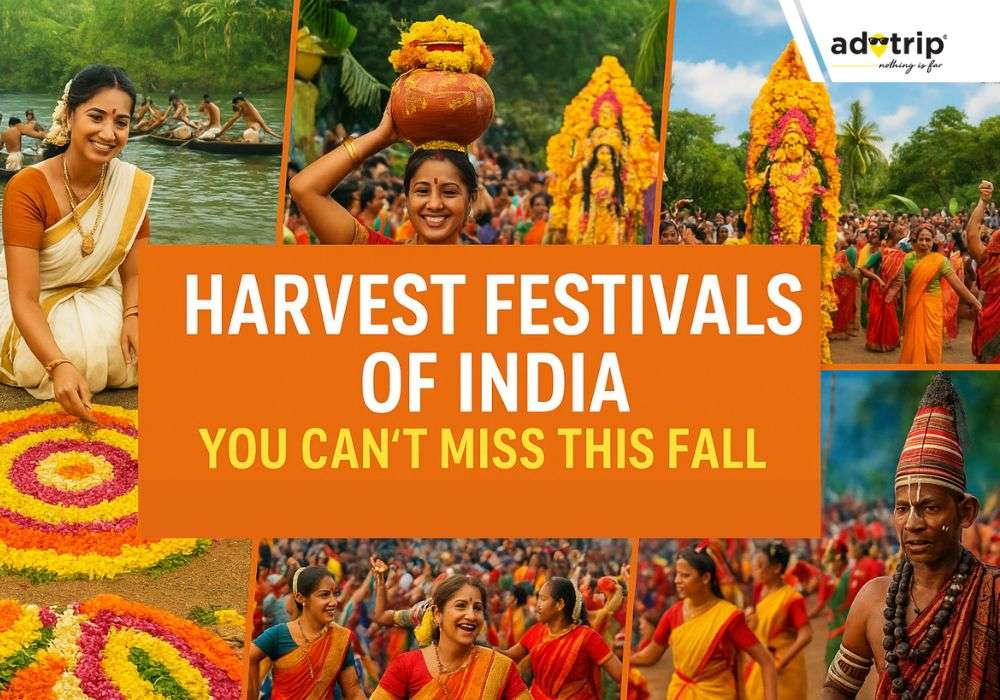
Harvest Festivals of India You Can’t Miss This Fall
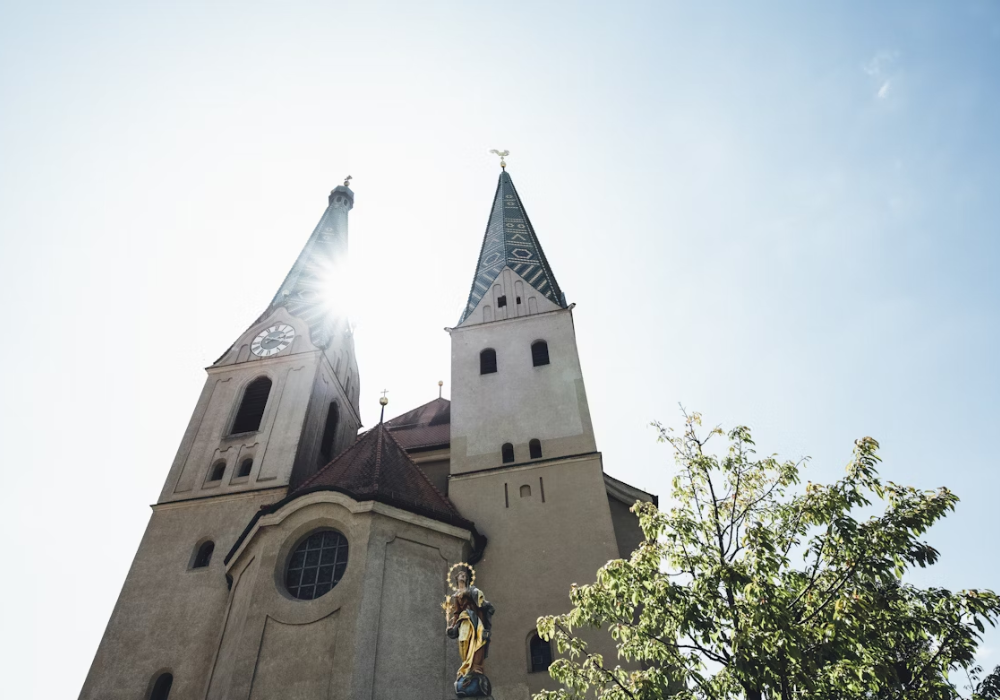
Why Historic Churches at Tourist Sites Are Investing in Smar...
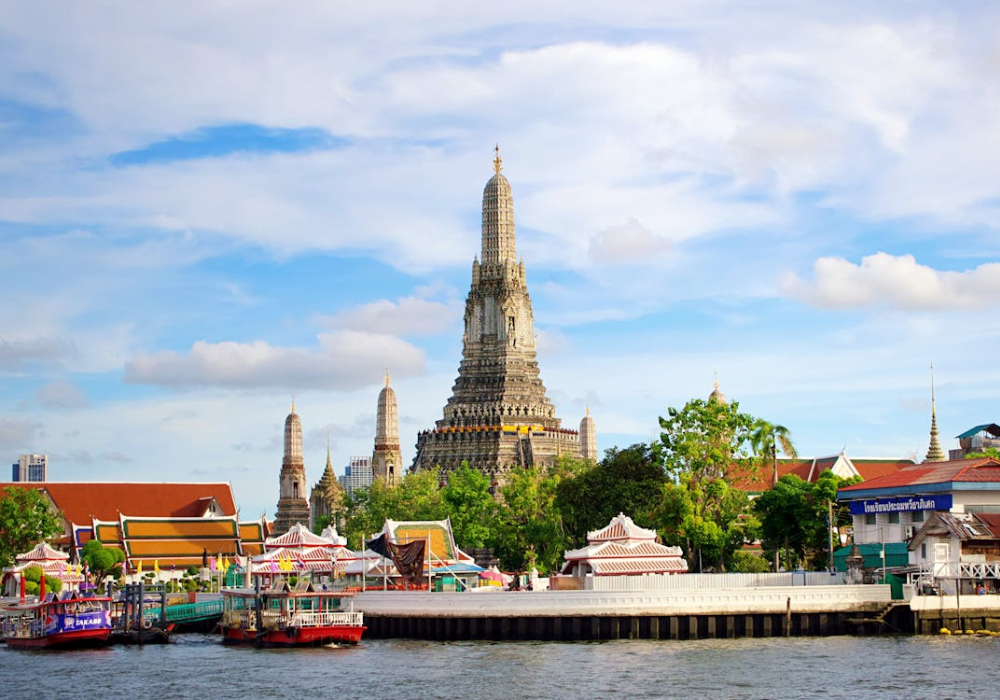
Secure Your Health in Thailand with Long-Term Coverage



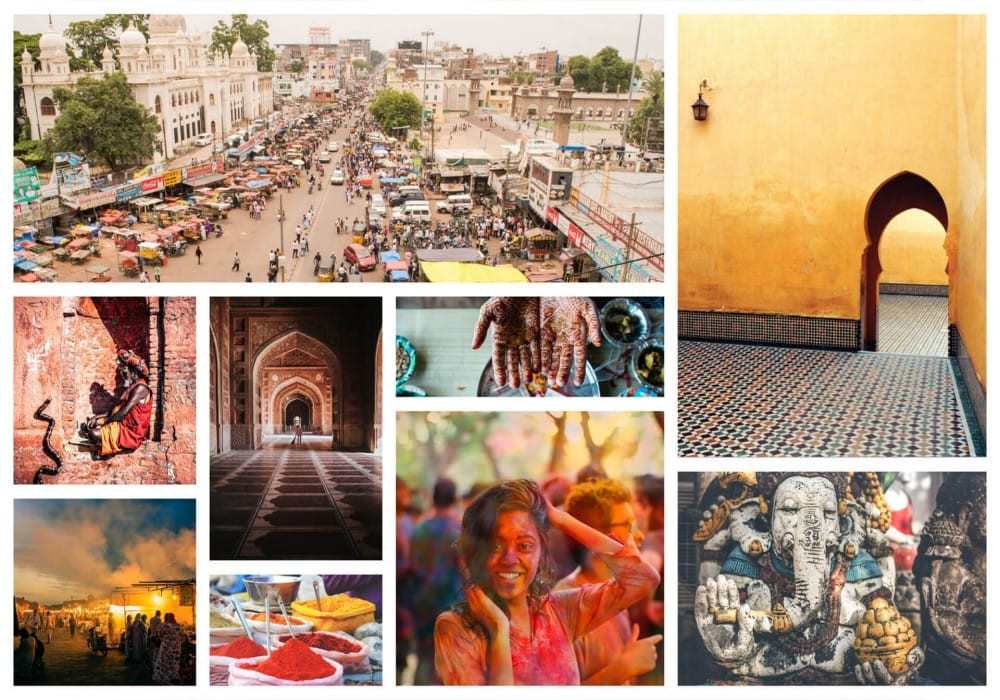
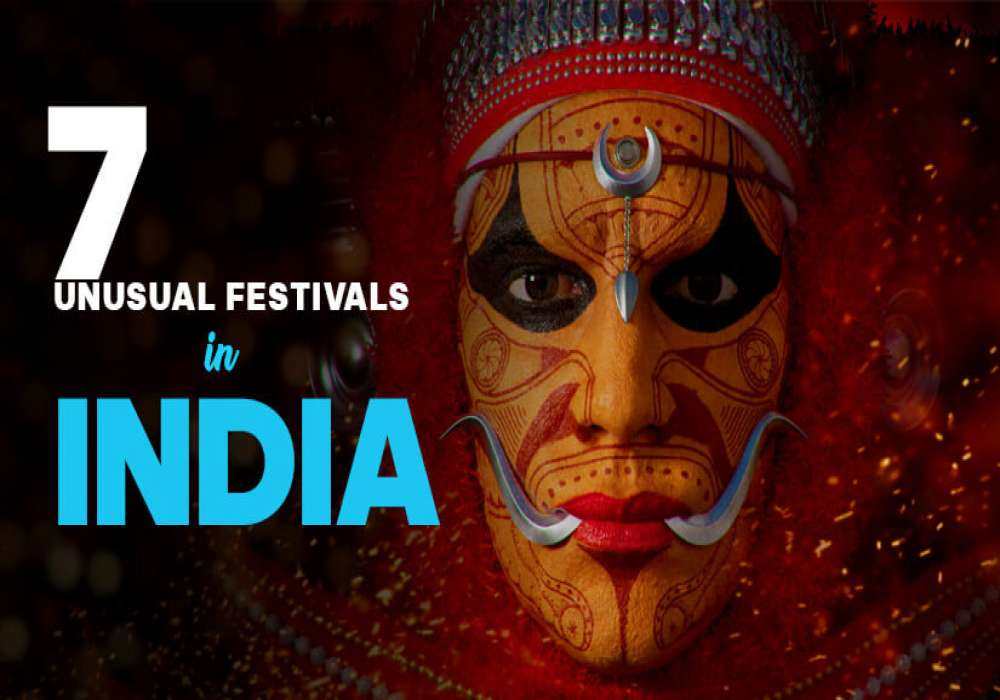
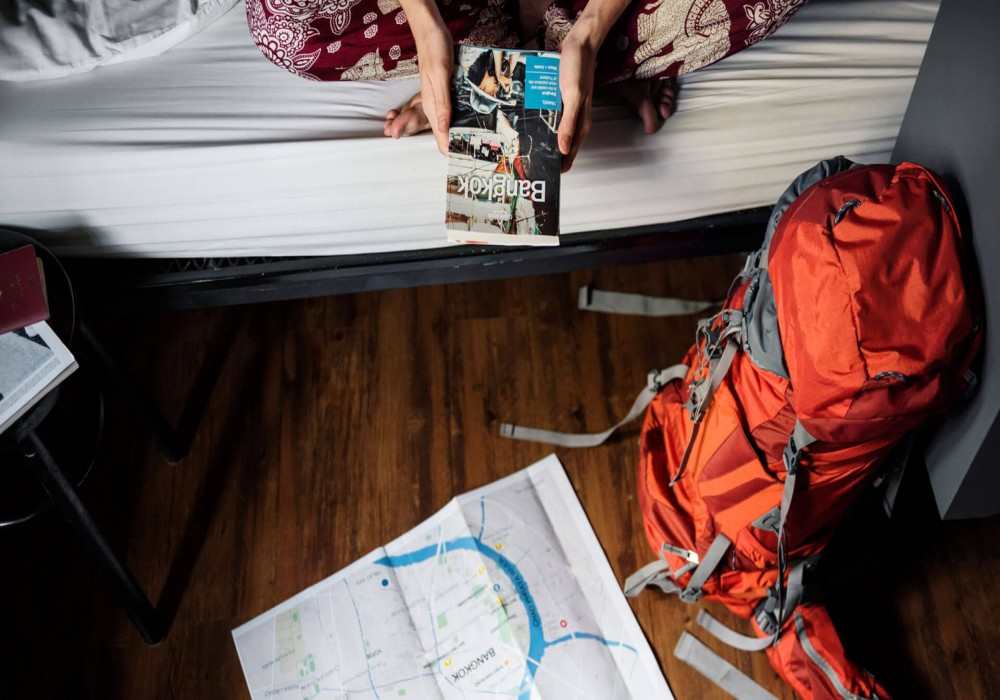

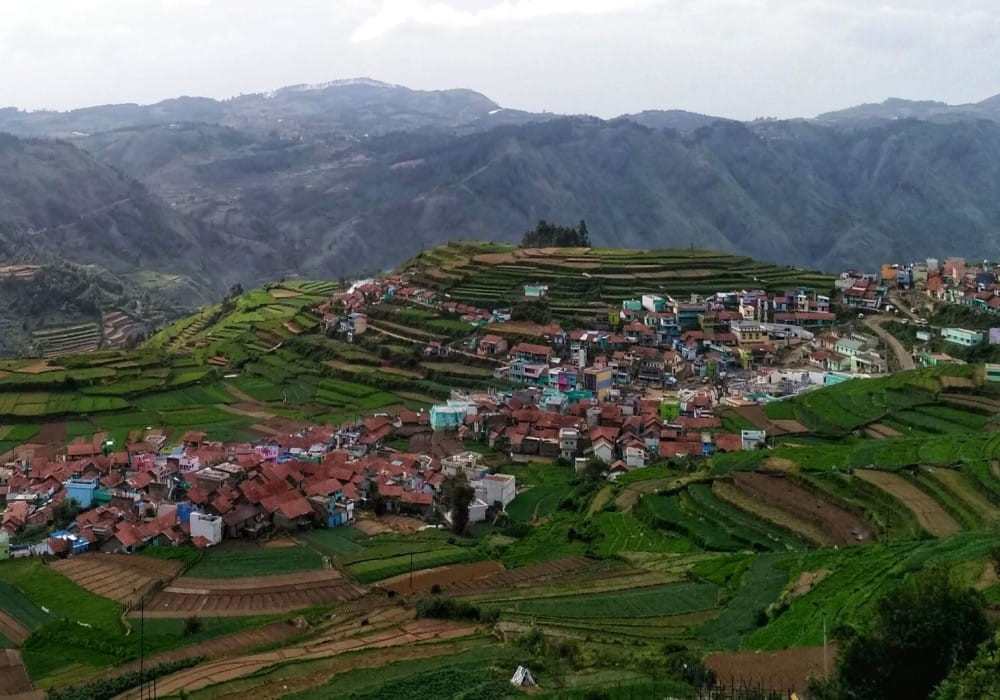
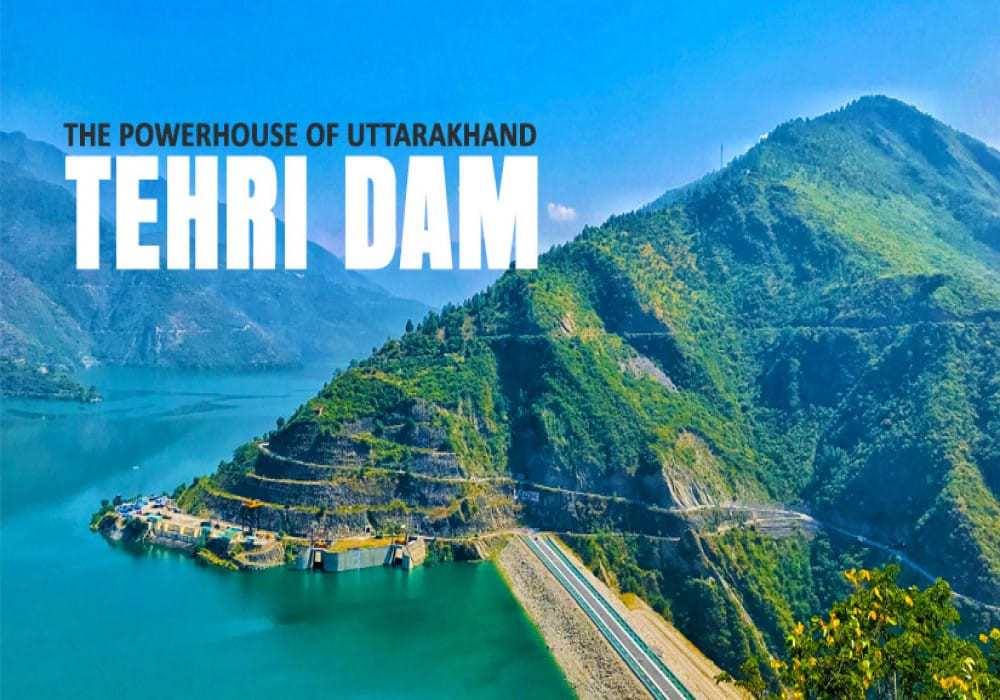
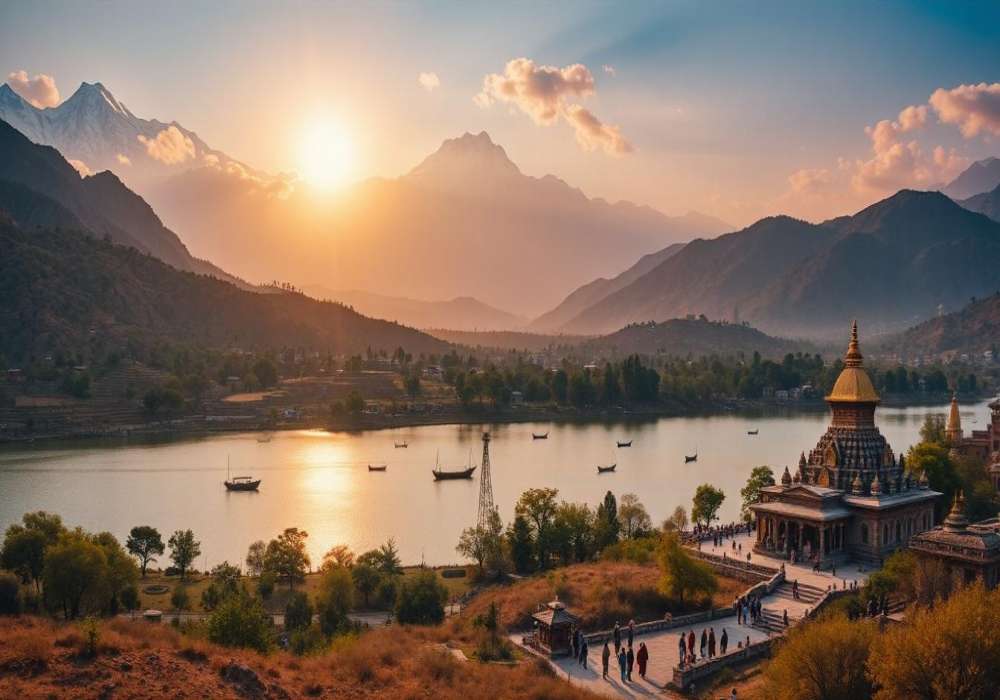
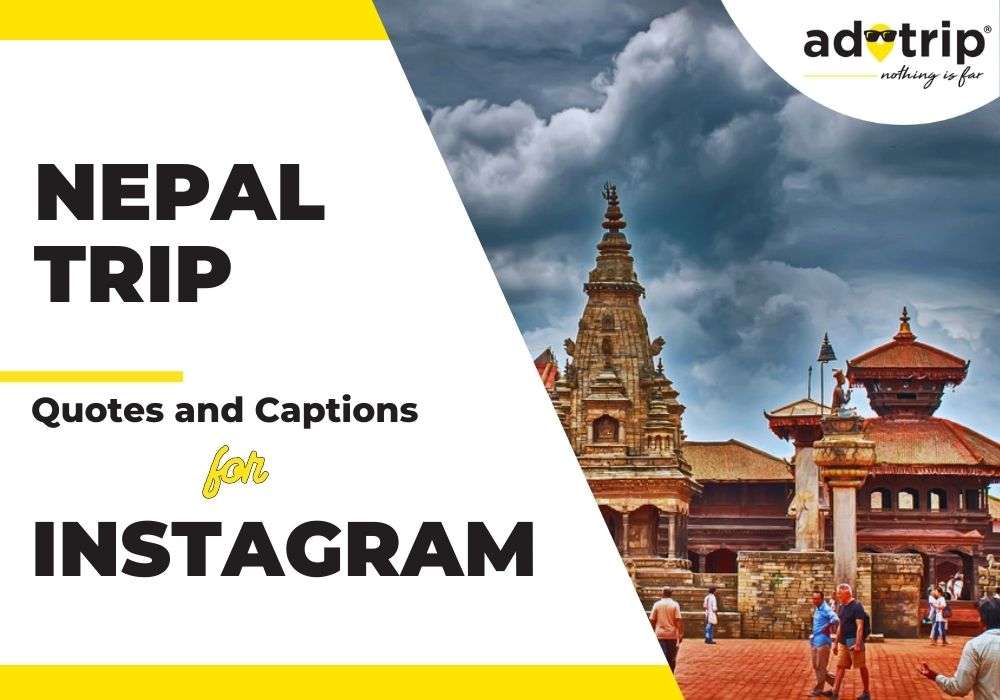
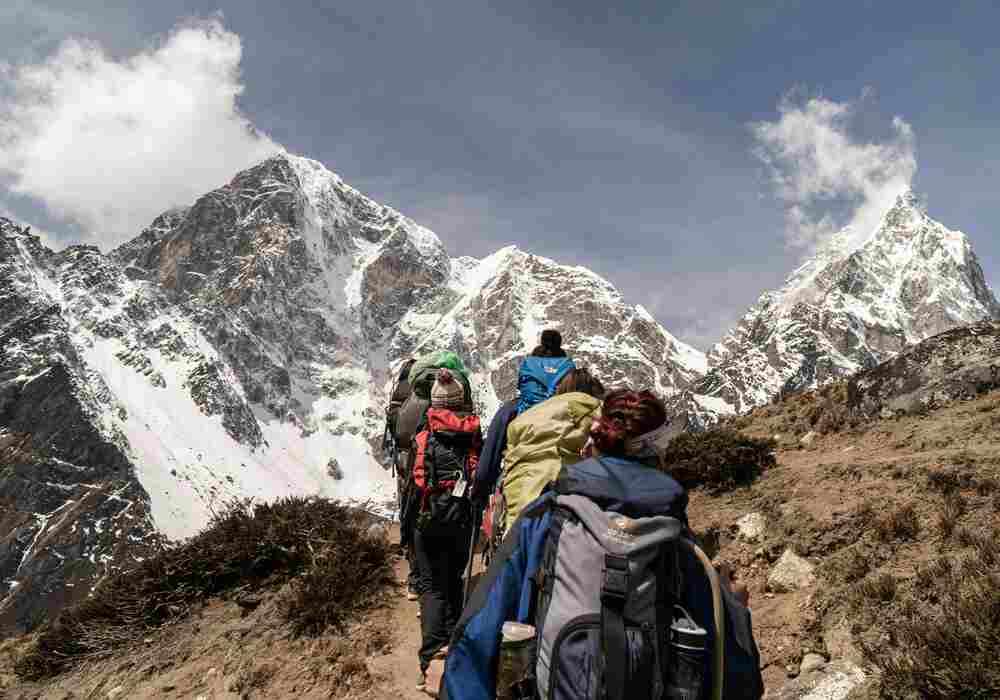
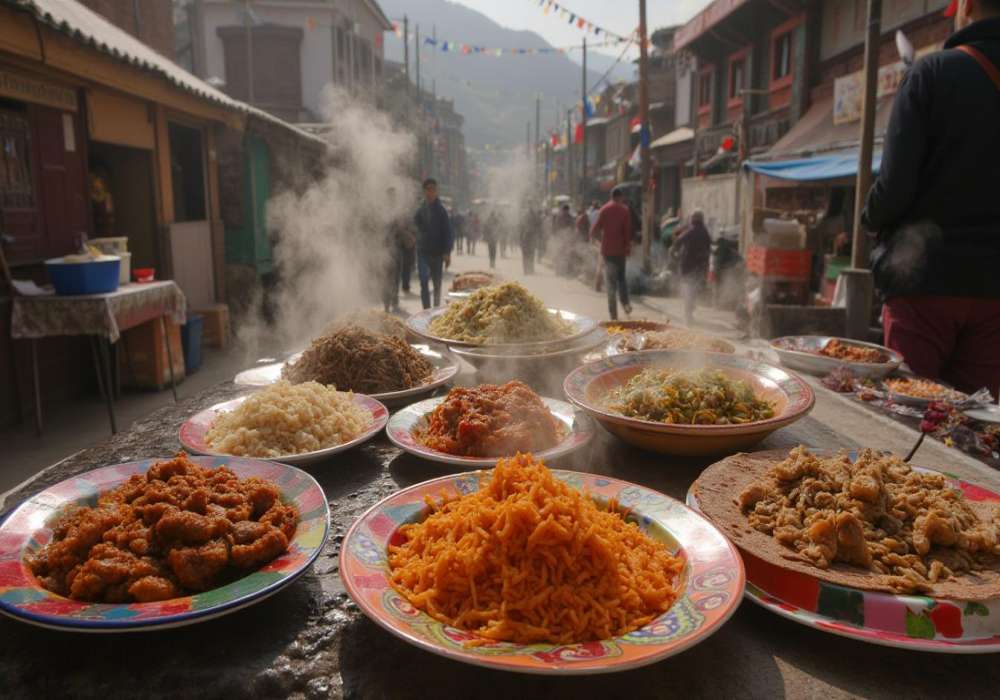
 Dubai
Dubai Malaysia
Malaysia USA
USA





